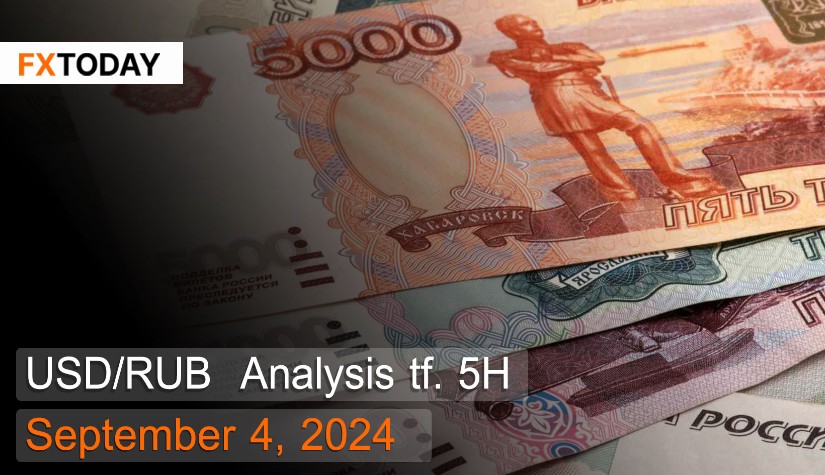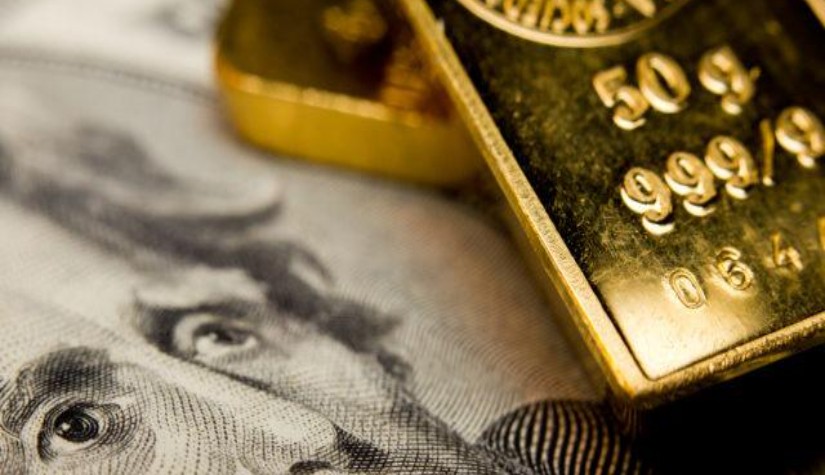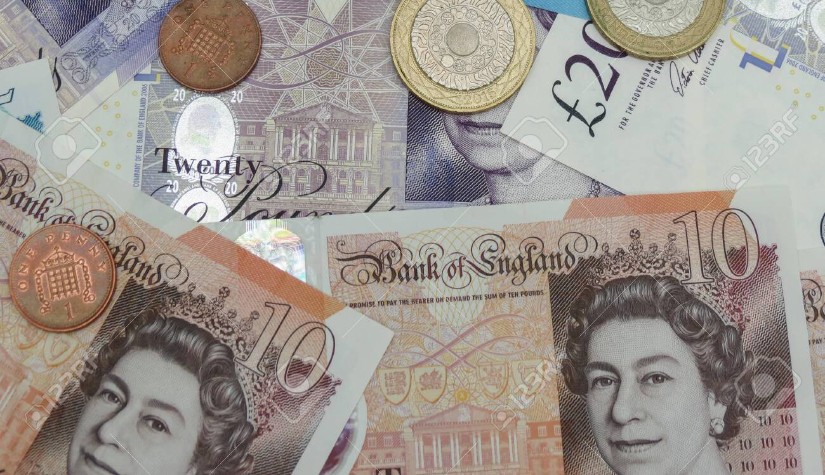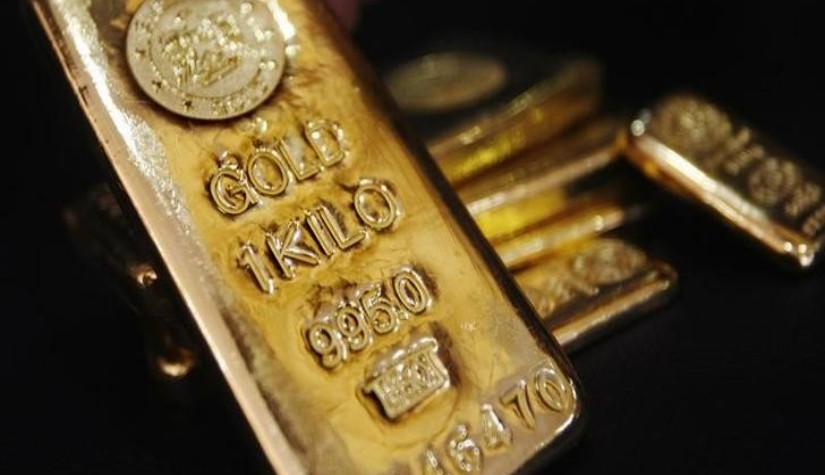Russia may face recession later this year.
The Russian ruble has slightly weakened as investors remain concerned about escalating geopolitical tensions. This is evident from Ukraine's attack on the Kursk region earlier this month, which has heightened investor uncertainty regarding the potential intensification of conflicts in the future. The recent interest rate hike by the central bank also presents a reasonable chance for the ruble to appreciate in the future. Additionally, the Russian Central Bank has indicated that it may continue to raise interest rates if inflation remains steady.
Russia's economy grew by 4% annually in the second quarter, marking continued growth following a 5.4% expansion in the first quarter. This demonstrates rapid economic expansion in Russia, even though this growth has been largely driven by government efforts to produce equipment for war purposes. However, it is projected that the economy will slow down throughout the year. The central bank has issued warnings about the potential risk of a recession by the end of this year.
Inflation in Russia surged to 9.1% year-on-year in July, up from 8.6% the previous month, marking the highest inflation increase since 2023. This increase is mainly due to Western sanctions that have raised the cost of imported goods while the prices of Russia's exported goods have declined. Furthermore, the Russian Central Bank commented that rising domestic demand, driven by labor needs, has led to a sharp increase in inflation, necessitating another interest rate hike.
The unemployment rate in Russia stood at 2.4% in July, maintaining a historic low, reflecting the rising demand for labor due to the need for increased military personnel to fight against Ukraine. Additionally, there has been an exodus of working-age individuals trying to avoid the ongoing conflict.
The Purchasing Managers' Index (PMI) for Russia's manufacturing sector fell to 52.1 in August, marking the 27th consecutive month of growth, but at a slower rate. This slowdown is attributed to a rapid decline in production output, while new orders have seen only slight growth. However, foreign sales have slightly increased, as has employment. Nonetheless, companies are facing higher production costs due to a weaker currency and rising inflation in raw materials, leading to a slowdown in profits.
Techical analysis data (5H)
Resistance: 89.4473, 90.0454, 90.8359
Source: Investing.com
Buy/Long 1: If the price touches support in the price range of 87.2682 - 88.0587 but cannot break the support at 88.0587, you may set a TP at approximately 90.0454 and SL at around 86.6701 or according to your acceptable risk.
Buy/Long 2: If the price breaks the resistance in the price range of 89.4473 - 90.0454, you may set a TP at approximately 90.8359 and SL at around 87.2682 or according to your acceptable risk.
Sell/Short 1: If the price touches resistance in the price range of 89.4473 - 90.0454 but cannot break the resistance at 89.4473, you may set a TP at approximately 87.2682 and SL at around 90.8359 or according to your acceptable risk.
Sell/Short 2: If the price breaks the support in the price range of 87.2682 - 88.0587, you may set a TP at approximately 86.6701 and SL at around 90.0454 or according to your acceptable risk.
Pivot point September 4, 2024 08:53 PM. GMT+7
|
Name
|
S3
|
S2
|
S1
|
Pivot Points
|
R1
|
R2
|
R3
|
| Classic | 86.6701 | 87.2682 | 88.0587 | 88.6568 | 89.4473 | 90.0454 | 90.8359 |
| Fibonacci | 87.2682 | 87.7986 | 88.1264 | 88.6568 | 89.1872 | 89.515 | 90.0454 |
| Camarilla | 88.4674 | 88.5946 | 88.7219 | 88.6568 | 88.9765 | 89.1038 | 89.2311 |
| Woodie's | 86.7663 | 87.3163 | 88.1549 | 88.7049 | 89.5435 | 90.0935 | 90.9321 |
| DeMark's | - | - | 88.3578 | 88.8063 | 89.7464 | - | - |
















